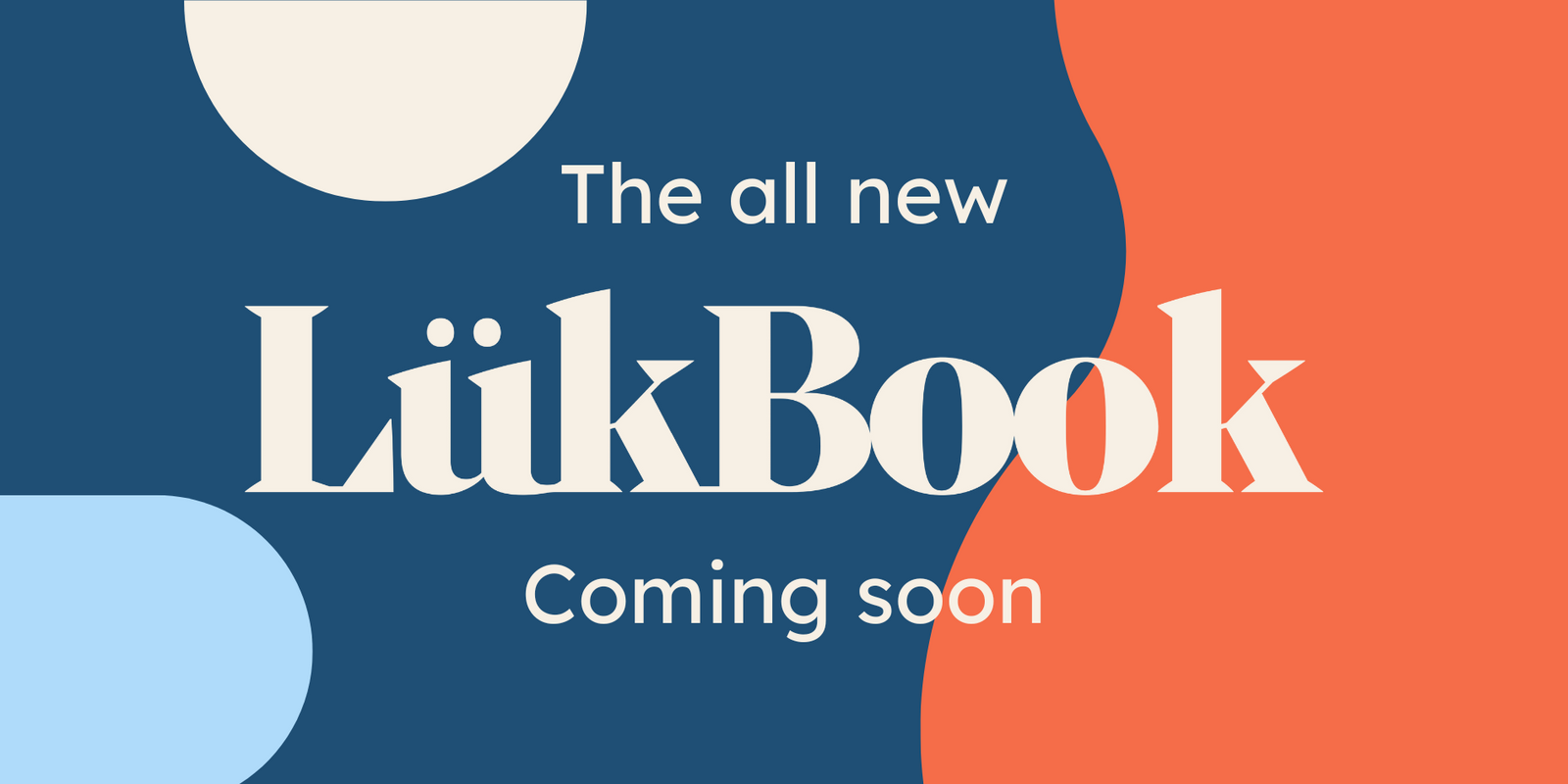Unfinished business: The journey towards inclusive fashion
In case you somehow missed the memo, earlier this week marked International Women’s Day (IWD), which in recent years has become more of a week/ month long festivity of female empowerment.
IWD is an incredibly important day, with roots in the suffragette movement (for more check out this summary), and continues to highlight some of the most pressing issues facing women and girls around the world. However, in Australia the commercialisation of the event is becoming overwhelming and an opportunity for some corporates to pay lip service to the very real issue of gender equality.
Nowhere is this more pervasive than the fashion industry. You will be hard pressed to find a brand that has missed the opportunity to mark IWD, but surely calls of ‘we support all women’ ring hollow when the brands exclude plus size women.
It is easy to consider this frivolous if you’ve never felt sidelined by fashion, so here’s are some insights into what plus size women face in their quest to clothe their bodies -
Prominent curve model, Riley Hemson, who is currently fronting campaigns for the likes of Princess Polly and Showpo, recently posted dejectedly about her experience trying to shop in store, writing on her Instagram, “Yesterday I went clothes shopping in store, for the first time in a hot minute, and I was reminded of just how far we still have to go with size inclusivity”

“I am heading away on a last minute holiday so there was no time for shipping. I went into countless stores, willing to pay whatever I needed to buy a bunch of clothes. Digging to the back of the racks to find the biggest size in the store (if it wasn’t out of stock), asking the shop assistants what size they go up to before I get my hopes up, holding items up to see how much give the fabric has…I don’t know why I was surprised when basically none of the items went past my knees.”
“I felt that familiar feeling rush over me. It’s literally a pit in my stomach. Embarrassed, disappointed, angry, upset and just so disheartened. Of course the thoughts come flooding in - if I lost some weight I’d probably fit into these pants, maybe I’ll skip lunch.”
Journalist Shannen Findlay echoes these sentiments, “Shopping online as a fat woman is hard enough, and near impossible if you try your luck at any store. Of course, if you're a woman who is plus-size, then chances are you're already very aware of just how hard it is to shop in store when most brands refuse to stock over a size 16.”

“Women deserve to feel comfortable, they deserve clothes that don't feel too snug, or pull too harshly, or threaten to bust open at any given moment. Women deserve clothing that makes them feel beautiful, clothes that allow them to express themselves, clothes that give them the support to do and be anything they want. Women deserve clothing. Women of all sizes and shapes. Women with small breasts and big bellies. Women with larger bums and slimmer waists.”
“And if the question begs "why can't an individual change their own body to fit into pieces of fabric constructed by major conglomerates", I dare to ask why the f**k should women have to change at all? Why can't these big businesses make clothes for big women?”
We suggest you check out her whole article here.
Riley and Shannen’s experiences highlight the ongoing issues of being a plus size woman in Australia. However, through their platforms they have relative privilege and the opportunity to call out such behaviour that eludes many plus women, especially those with intersectional identities that further marginalises their voices.
The fact is, that access to clothing that fits your body is an essential precondition to showing up in the world.
So, next time you see a fashion ad spruiking inclusivity, while using all size 8 models, we encourage you to ask the question: what size do you go up to? And if their response is a 12/14/16 as them why on earth they don’t extend their size range.
With two-thirds of the Australian female population wearing a size 14+ it’s not a question of economic viability. As Shannen so eloquently puts it, “The question is simple, and the answer is obvious: because they don't want to.”






